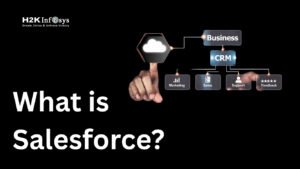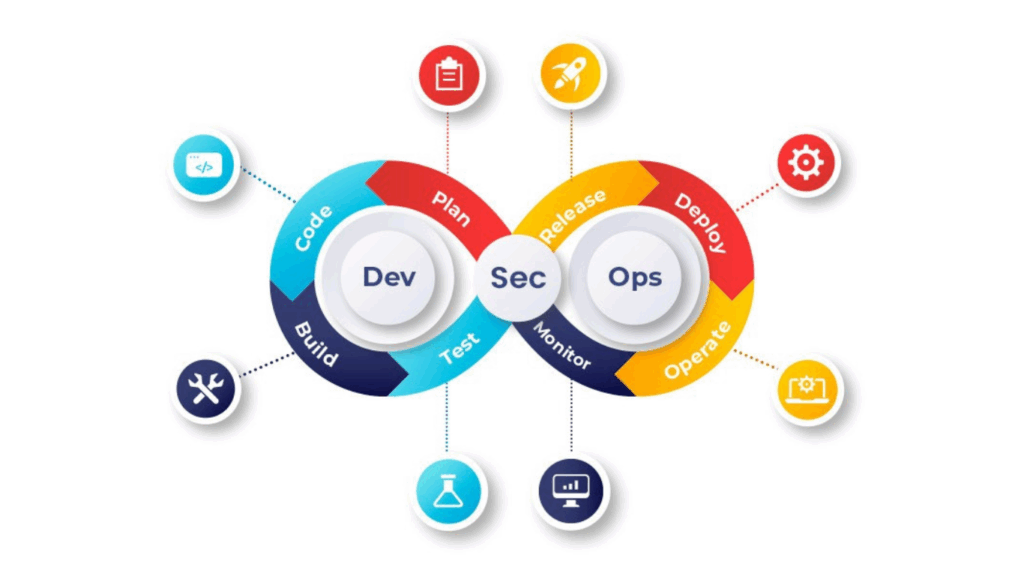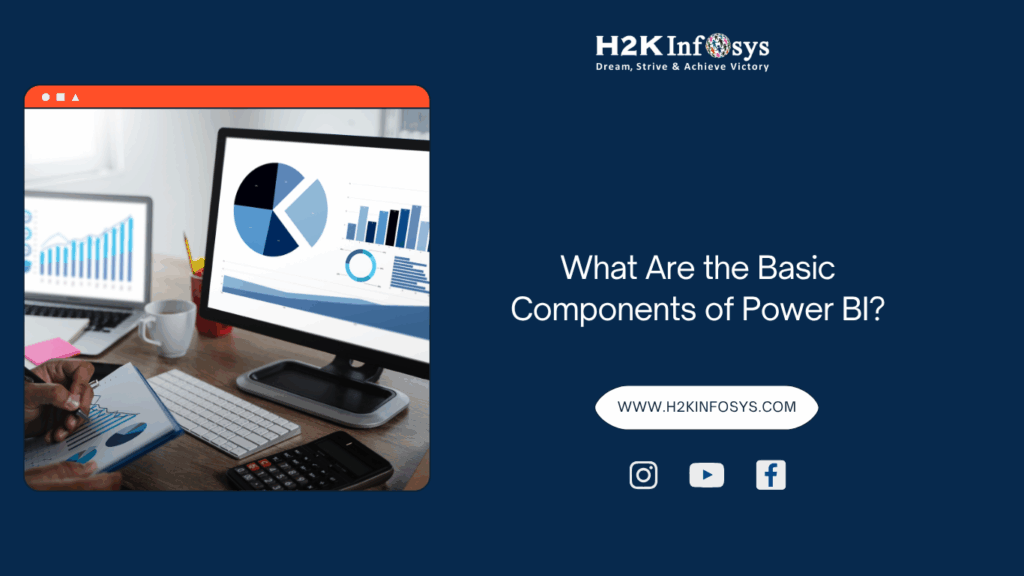Salesforce is a giant of customer relationship management (CRM), with unmatched powers for handling sales, marketing, and customer interactions. However, there are a lot of obstacles in the way of the Salesforce transition, especially the data transfer process.
This article will assist you in navigating the complex process of migrating Salesforce data, highlighting essential procedures and best practices to guarantee a smooth transition. Check out our Salesforce admin certification training to learn more.
Understanding the Importance of Data Assessment and Cleaning
One of the most important phases in Data migration is Data assessment and Data cleaning. Both stages lay the foundation for a successful migration.
Data Assessment
The first step in Data migration is making an inventory of the current data. The inventory will consist of databases and spreadsheets that include different data types like contacts, sales records, and custom fields. You should also note that in this stage, you will also assess the correctness, completeness, consistency, and timeliness of the data.
Finally, you have to understand the relationships between various data, especially in light of Salesforce’s complex data interdependence model.
Data Cleaning
After the assessment, the next stage of Data cleaning. This stage involves fixing errors, standardizing formats (such as dates and phone numbers), and deduplicating data to remove information that is not useful. It is important that you maintain the integrity of data migration, and this constantly calls for a combination of automated techniques and human interaction. You can automate some steps in this stage. You can use tools like Talend and OpenRefine. On the other hand, complex scenarios (especially those requiring subtle business rules) might need manual supervision.
Developing a Migration Strategy and Defining the Purpose
Developing a customized migration plan and specifying the amount of data that has to be moved are the following steps.
Determining Migration Scope
Here, determining which data types require migration and the amount of data are important factors to take into account. Understanding the dependencies between different data types and taking into account any modifications and integrations that must be duplicated or adjusted in the new Salesforce environment are also part of this step.
Developing a Migration Strategy
There are two possible migration strategies: a full migration, in which all data is moved at once, and a phased method, which works well for large datasets or situations where reducing operational disruptions is crucial. Prioritizing data, creating a realistic schedule that fits business cycles, allocating resources, and managing risk are all crucial components.
Choosing the Right Approach
Determining how much data needs to be cleaned up before migration and whether to employ ETL or middleware technologies are crucial decisions to make when migrating data, especially for complicated integrations. It wouldn’t hurt to create a testing plan in a partial or full copy sandbox environment before the real migration.
Choosing the Right Data Migration Tools
The effectiveness and success of migrations are significantly impacted by the tools used.
Salesforce Data Loader
This tool is perfect for complex, large-scale migrations because it can import, update, export, and remove Salesforce records. This application creates comprehensive success and error log files in CSV format, supports big files, and offers drag-and-drop field mapping. Furthermore, automated batch activities can be performed with Data Loader via the command line. But it necessitates a high degree of technical expertise.
Salesforce Data Import Wizard
Salesforce users can map data fields, define import criteria, and upload a CSV file using the Data Import Wizard tool. The wizard does Field mapping automatically, which also offers choices for handling unmapped fields. Users can track the status of the import once it has begun.
This tool offers an easy-to-use interface for importing data and is well-suited for smaller or easier migrations. However, its capacity to handle large volumes and complex data sets is limited.
Custom Scripts and Tools
Custom scripts, sometimes developed in programming languages like Python or Java, offer flexibility and precision in situations where off-the-shelf tools fall short, but at the expense of more time and technical resource investment.

Ten Practical Tips to Make Data Migration Easier
- Use Tools for Data Assessment: You can use tools like Talent and OpenRefine for data assessment and cleaning. They help in facilitating process automation which improves efficiency.
- Prioritise Data cleaning: Give yourself enough time to clear your data before moving. You have to focus on correcting mistakes, standardization, and deduplication. Fewer issues arise after migrating when the data is clean.
- Map Data Carefully: Make sure you create a comprehensive document on data mapping. This should explain (particularly for complex data types and relationships) how each field in your present system maps to a field in Salesforce.
- Engage Stakeholders Early: You should involve important parties in the data mapping and planning stages. Their knowledge can help customize the migration to match company requirements and offer insightful perspectives.
- Select the Right Migration Tool: Choose a tool based on the volume and complexity of your data. For larger and more intricate migrations, take into account Salesforce Data Loader or outside ETL solutions.
- Run a Dry Run: In a sandbox environment, attempt a trial migration or dry run. This helps identify potential issues and address them before the actual relocation.
- Make a Plan for a Phased Migration: Consider implementing a phased migration plan for huge datasets. This reduces the risk and allows you to handle issues in smaller batches.
- Observe and Record the Process: Pay great attention to the migration procedure and record everything. This can be very helpful in the future for migrations and in understanding any issues that may come up.
- Train Users After Migration: Plan in-depth training sessions for users who have moved over. Getting them acclimated to the new system will guarantee a seamless transfer and high adoption rates.
- Create a Protocol for Continuous Improvement: After migration, do routine system audits and optimizations. Ongoing development according to user feedback and system performance data is crucial for long-term success.
Conclusion
Using the right tools and assets, and moving data to Salesforce is a challenging but doable task. It needs careful execution, constant upkeep, and strategic planning. To guarantee a successful transfer, organizations need to take into account their own data characteristics and business requirements.
To make full use of Salesforce and obtain a high return on investment, the process from planning to post-migration maintenance is essential. To learn more, check out the Salesforce training online.





























